Wondering why your Houseplants’ Leaves Getting Yellow? Not sure how to prevent it? Here are the reasons and solutions!

Shriveling and yellowing of indoor plants’ leaves can result from several growing conditions gone wrong. It may take you some time to understand the issue and then take actions to fix it. Instead of that, you can read this guide carefully to find out why the Houseplants’ Leaves are Getting Yellow and How to Save Them.
Here are Gardening Tips for Beginners
Reasons for Houseplant Leaves Getting Yellow and How to Save Them
1. Poor Drainage

A lousy drainage problem could lead to the Houseplant Leaves Getting Yellow. If the water gets stagnant in the container, it is troublesome for the plant to grow properly and this results in yellow leaves due to root rot.
To fix this, you can grow your plant in well-draining, permeable soil. Select containers with sufficient drainage holes in them. You can also add organic matter into the soil to improve drainage and structure.
Learn How to Plant Succulents in Pots without Drainage Holes here
2. Normal Aging
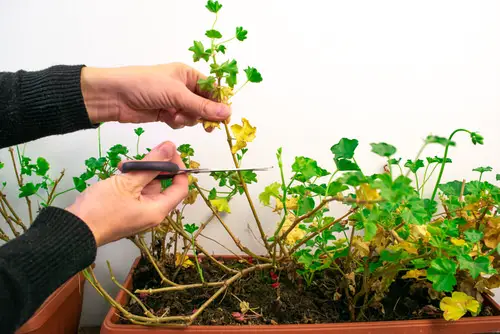
If you notice Houseplants Leaves Getting Yellow, it may be time to check if the plant is aging. If that is the case, it is normal and very much part of its growth cycle.
To fix this, you cannot do much but remove all the mature leaves and trim the plant if it looks too leggy and boosts new growth.
Here are Indoor Gardening Tips for Big and Healthy Houseplants
3. Underwatering
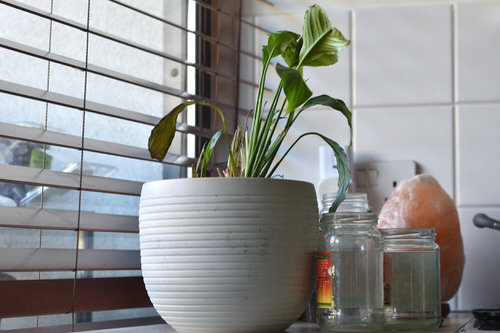
If your houseplants do not receive water on time, the leaves can turn droopy and yellow as the plants start to drop leaves to conserve moisture.
The best is to do the finger soil test to check if the soil is dry enough before watering again. If the topsoil feels a bit dry to the touch, it is time to water the plants.
Here are Sure Shot Signs of Underwatered Plants
4. Overwatering
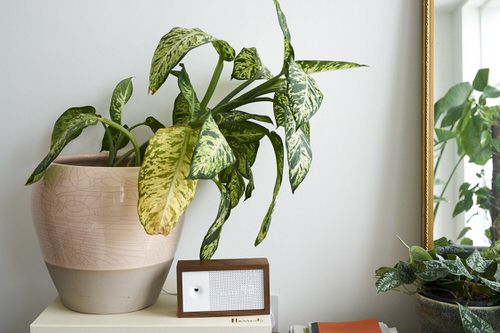
Overwatering is also one of the main causes of the Houseplants Leaves Getting Yellow because the roots may start to get drowned and stand in wet soil for too long.
This may lead to a case of root rot or fungal infection and results in leaves getting mushy and orange-yellow.
To save the houseplant in this situation, you need to stop watering the plant immediately. Ensure the container has enough drainage holes, too.
If the plant is in bad condition, re-pot it in a fresh growing medium and water only when the topsoil feels slightly dry to the touch.
Check out Signs of Overwatering & How to Save an Overwatered Plant here
5. Cold Drafts

Usually, tropical and warm climate indoor plants and cold drafts never make for a good combination, often resulting in Houseplants’ Leaves Getting Yellow.
Keep temperature and humidity requirements in mind while growing plants indoors. If you keep your houseplants too close to a window or an air-conditioner vent, it will lead to the yellowing of leaves. If this takes place, remove the plant from such spots immediately.
Here are Brilliant Cold Weather Hacks for Plants to Create Warmth
6. Lack of Light
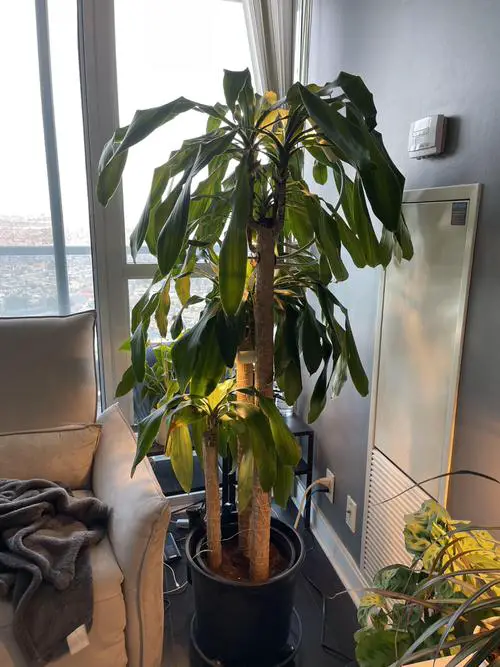
Plants that get less sunlight than required may also start to yellow, especially on the leaves lower sides, and fall off eventually.
If this is the problem with your houseplants, you can immediately move the container to a sunnier, brighter spot. Also, check if the plant needs to be rotated because sometimes it’s only because of being exposed to sunlight on one side and neglected on the other, it can be yellow, too.
If it is difficult to get enough sunlight, like in winter, you can consider using grow lights.
Here are Signs that Indicate Your Indoor Plants Need More Sunlight
7. Nutrient Deficiency / Excess

If the houseplants suffer from nutrient deficiency, the leaves can turn yellow. For example, the plants suffer from a nitrogen deficiency; the leaves can be yellow, beginning from the top leaves.
Excessive amounts of calcium or magnesium may also not be healthy for your houseplants, which results in brown tips of the leaves.
To save such houseplant from dying, it is best to buy a soil test kit from the nearest store or garden center and check your soil to know the exact deficiency.
Here are Plant Deficiency Symptoms You Should Know About
8. Too Much Sunlight

If a lack of sunlight can harm a houseplant, so can an excess of the same. Harsh light can lead to chlorophyll breaking down in the leaves, particularly if the houseplant loves shade. Such plants can also develop yellow spots and look crunchy like the underwatered ones, along with some brown spots.
Shift the plant from a sunny location and make sure it receives a lesser amount of light. Look for the east or north-facing window to save them from the harsh, intense sun.
Check out Plants That Grow Without Sunlight here
9. Incorrect Soil pH
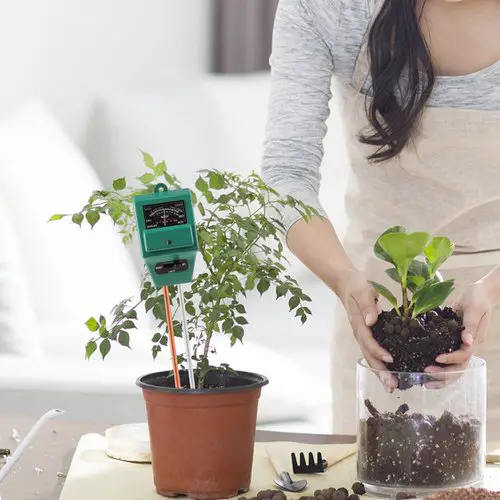
If you are, by any chance, growing your houseplants in improper soil with an incorrect pH value, it can also lead to the yellowing of leaves. If the soil’s pH level moves to a higher or lower level, it could cause damage to the plants.
Check the pH value of the soil in the container by using a soil test kit found in stores. Many testing labs also offer a solution to fix the pH value of the soil, and there is scope for making soil amendments to restore the balance.
Learn How to Check Your Soil pH at Home here
10. Viral Infection

If your houseplant is suffering from a plant disease or infection, this can also lead to the yellowing of leaves and making them look blotchy. You will also see deformed stems and leaves and discolored blooms.
To save such a houseplant can be difficult, but you can quickly quarantine the plant in an isolated spot away from other plants to protect them.
It is best first to identify the problem to ensure you have the chance to save the plant. Keep your gardening tools sterilized before and after using them on other plants.
Here are Money Saving Gardening Tips
11. Root Damage

Damage to the houseplant’s roots can be caused in several ways, such as root rot, fungal diseases, and viral infections. Also, if the rootball gets damaged during re-potting, the houseplant struggles to perform well.
This can also happen because being forced to grow in smaller-sized containers than required leads to compacted roots. It starts to cut off the plant from its necessary nutrients and oxygen, making the leaves turn yellow.
To save the plant from such a situation, you need to pull it out from its existing container to check the roots gently. If the roots look dark or abnormal in color and smell rotten, it can be possible that they are damaged.
Snip away the damaged parts/sections of the roots and replant the plant in a new, bigger container with fresh, well-draining soil.


